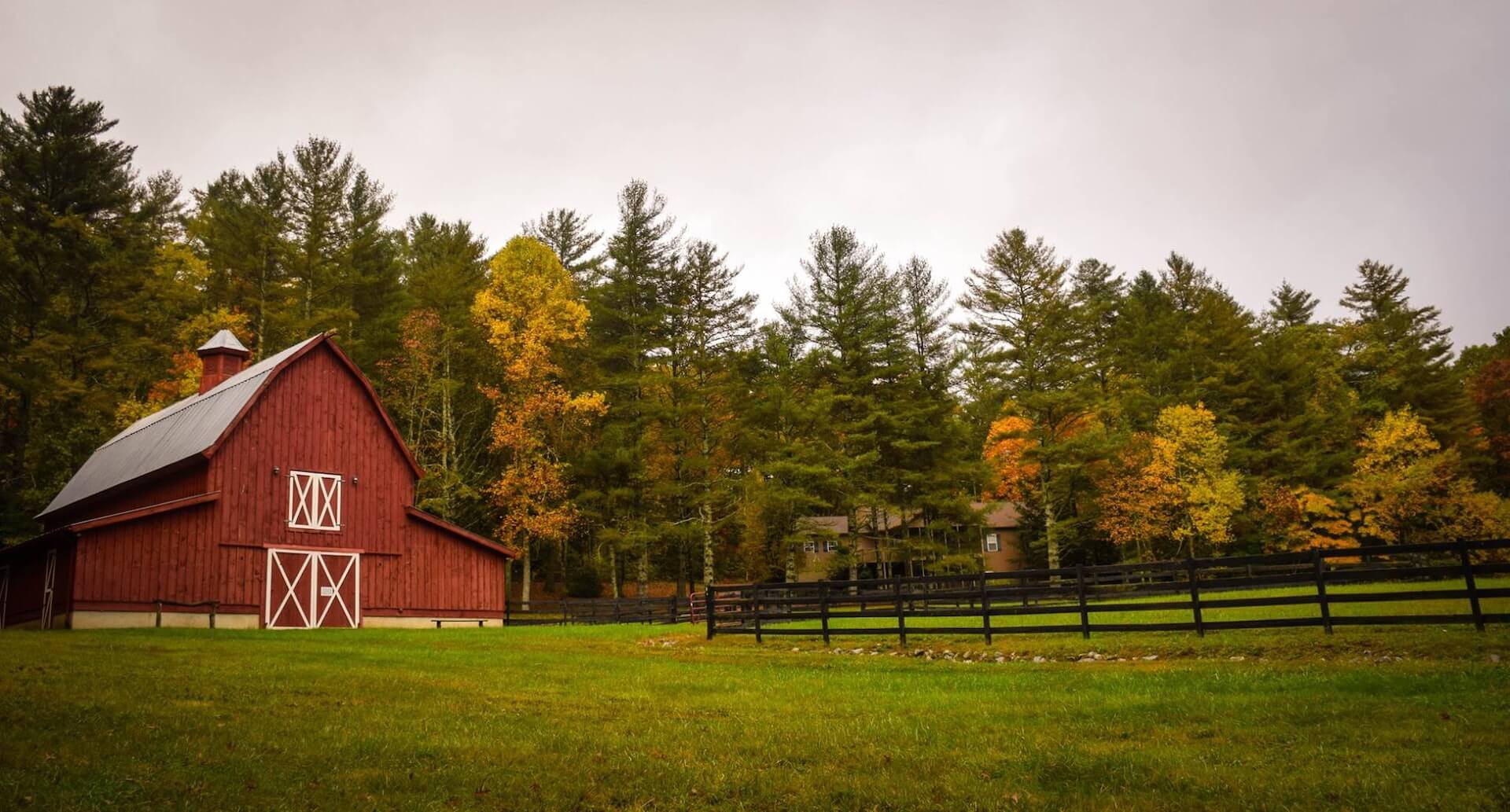In nearly every city in the United States, and many around the world, bulldozers are busy making dreams come true: Leveling land for a single-family home on a lot.
Who doesn’t want a lovely home with a nice bit of land on some tree-lined street? It is the American Dream manifested in bricks and mortar.
Trouble is dreams can morph into nightmares. A growing nightmare across the nation is the incursion of homes onto farmland – land that will be out of production essentially forever.
All around Washington, I watched year after year for decades lovely farms in adjacent Maryland and Virginia being turned into suburbs — sometimes 70 and more miles from the city center.
It has been a simple tradeoff: There has been a relentless demand for single-family homes and builders see farms, usually family-owned, as ripe fruit ready for picking. When age is an issue, they almost always sell. Farming is a tough, 365-days-a-year undertaking, and a fat check at the end of a farming career is irresistible.
No villains here, but there are consequences. Mark Twain said, “Buy land, they aren’t making it anymore.” Sadly, Twain didn’t take his own advice and instead invested in the tech world of the day: He lost a fortune in a company that was trying to perfect the typewriter.
Farmers are special to me. They are the real renaissance men and women. They know a lot about a lot, from being able to gauge the pH levels of soil on their tongues to how to birth a calf, repair a tractor, or raise a barn.
They also know a thing or two about how the government works and filling out forms. They are regulated but have no guaranteed rate of return. They are as subject to the weather over their own land as floods around the world.
Businesses talk about being rewarded for taking a risk. Farmers take a risk with every seed they plant — and the returns aren’t guaranteed.
But, as Gail Chaddock, host, and producer of “No Farms, No Future,” a podcast of the American Farmland Trust, said, “You can’t blame the farmers, and you can’t blame the developers. But the land we’ll need for food production in the future is being taken.”
What is happening is the irreversible destruction of millions of acres of prime farmland every year. A reverence for farmland needs to enter the culture, she said.
No longer, however, is it just developers buying up farms. Farmland is now being sought by another kind of developer: renewable energy companies. They are buying it for large solar arrays. They also contract with farmers to install windmills which, while not taking so much land out of agricultural use, cumulatively take a lot.
But it is solar farms that are the real problem. Britain is thinking of legislating to prohibit the use of agricultural land for energy production. Other countries are waking to the realization that a field of shining solar collectors is not the same as a field of waving wheat or even lowly cabbages.
As over time we exported our manufacturing, we also have exported our food production. What was once raised on truck farms around the cities is now raised in neighboring Canada and Mexico, or as far away as Chile and South Africa.
There is no compelling reason to cover huge acreages with solar panels. Roofs, rights of way, and urban parking lots could be pressed into service. Railroad tracks cry out for a solar canopy.
Just because energy or housing is a higher economic use for land today doesn’t mean that it won’t have a higher future value, feeding future generations.

 Follow
Follow
Leave a Reply